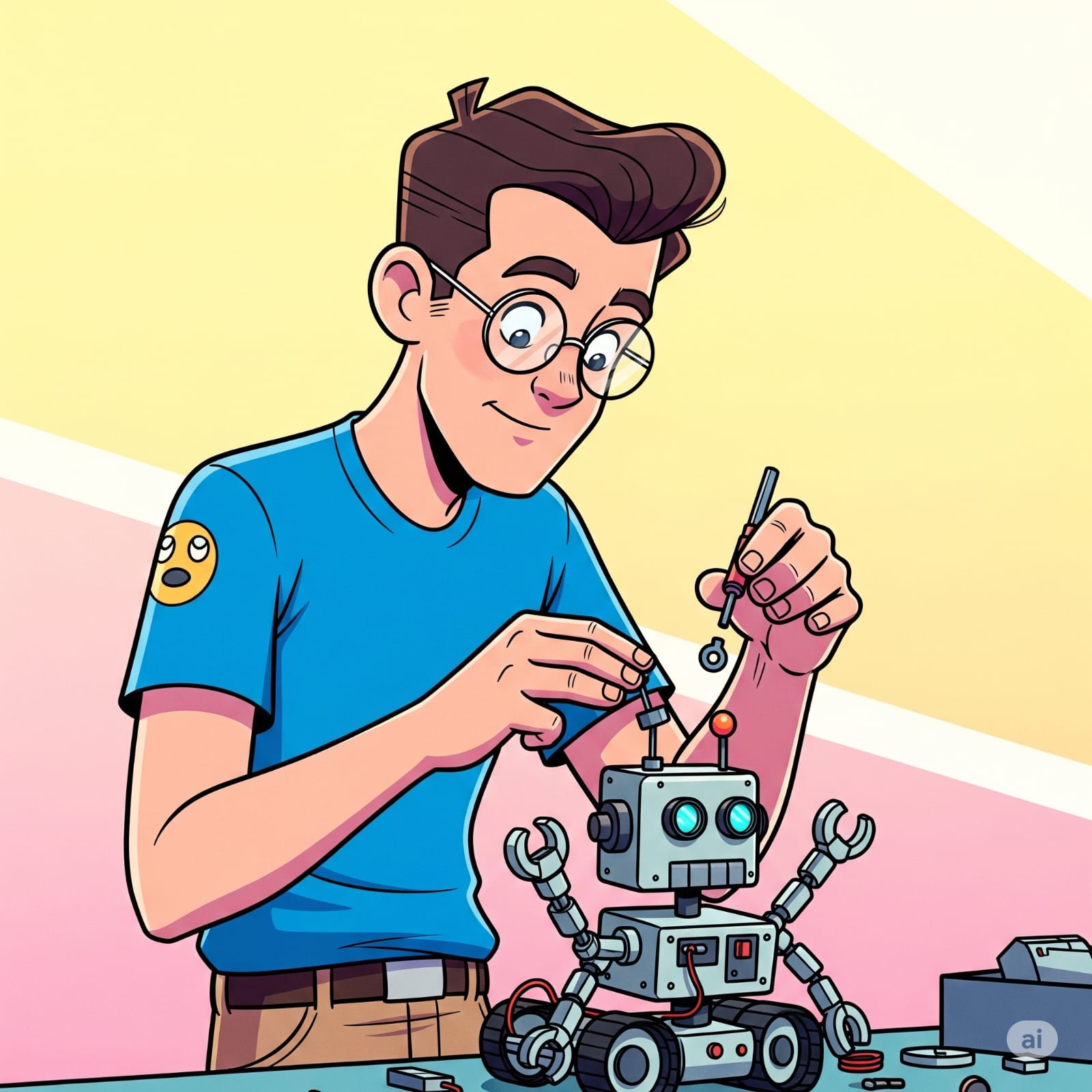STRANDOMS: the stray and random thoughts
Oct 10 ,2025
S.RAMKUMAR
Hope Hopper

Hopes nest in hearts—
they never walk, but hop.
Each one lifts you up and down,
yet moves you forward, as gentle a hopper.
Hopes arrive ageless,
light enough to rise and bounce,
bright enough to blink and blend;
for they only hop, never leap.
The hopes are breaths,
not the sighs, of what passed,
but gifts that grace the present,
hopping you to joys that follow!
Share
Facebook
Linkedin
Twitter
Pinterest









